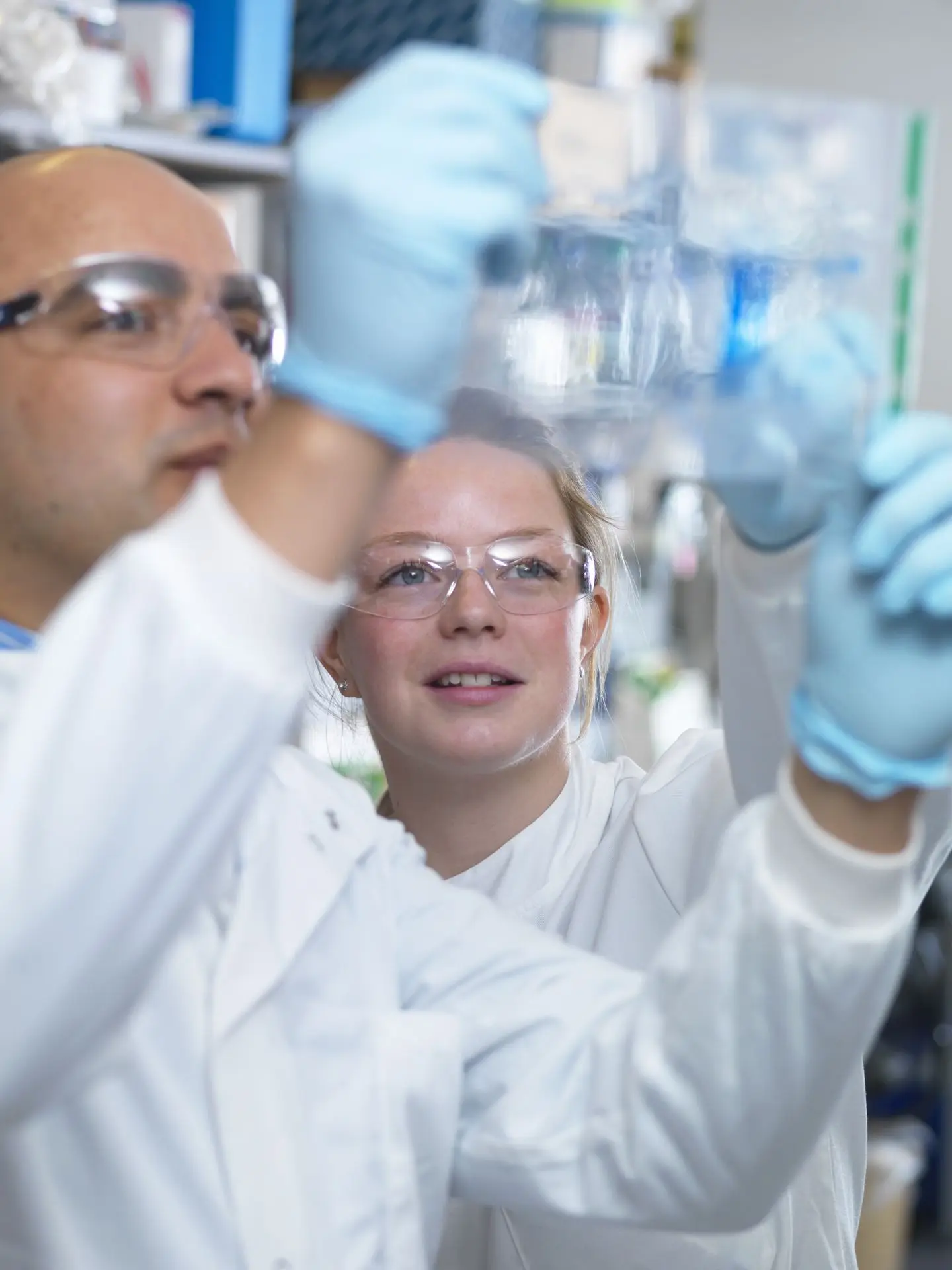Advanced Medical Technologies
Balloon Dilation Catheters
Balloon Dilation Catheters are used to open partial blockages in arteries.
Blood Banks
We maintain a blood bank in which we stock all types of blood for future patient use. We are able to supply all blood and blood products to our patients through our contract with the Tri-State Regional Red Cross Chapter.
Cardiac Catheterization Labs
The Cardiac Cathererization Lab provides diagnostic images of the coronary arteries so the physician can prescribe the best treatment possible. This is the only way to accurately identify how much blockage there may be in exactly which artery in the heart. Measurement of heart function also tells the doctor if a valve is dangerously narrowed or leaks and if the heart is pumping effieciently. The St. Joseph's team has comleted nearly 6000 Caths and works so well together that they are able to anticipate patient needs.
Cardiac Imaging
Cardiac Imaging is done with xray, nuclear scans and ultrasound scans to identify disease of the heart muscle and its blood supply. Echocardiography at St. Joseph's is performed only by techinicians specifically credentialed in cardiac ultrasound. They have had special training that enable them to perform echos on infants and children.
Cardiovascular Non-Invasive
Cardiovascular Non-Invasive includes a wide variety of tests including ECG, stress testing, Holter Monitoring, pacemaker analysis. These data are used by the doctor in diagosing heart disease and monitoring the effectiveness of treatment. Brand new state of the art stress equipment will be put into sevice on July 31, 2000. St. Joseph has the only pacemaker clinic in the region and has over 600 patients in its data base.
Dialysis
Dialysis services at St. Joseph's has been provided for the last 24 years. We have an excellent staff with many years of experience. This unit has been recognized in the past by the Mid-Atlantic Renal Coalition for having one of the lowest mortality rates in the network. This network covers West Virginia, Virginia, Maryland, and Washington DC.
Peritoneal dialysis is a type of dialysis procedure that is done at home by the patient. There is no blood involved in this treatment. A catheter is surgically placed in the abdomen and dialysis solution is placed in the abdominal cavity through this catheter. This solution must be drained and replaced 4 times daily 7 days a week. This "exchange" of dialysis solution takes about 30 minutes to complete each time, this is called CAPD. CCPD is a type of peritoneal dialysis that is performed at night by an automatic machine. This requires being connected to a machine about 9 hours while you sleep, making the daytime hours free for many people. This procedure is well liked by the person who wants to remain independent and take charge of their treatment. St. Joseph's nursing staff primarily responsible for peritoneal dialysis have 12-16 years experience in the dialysis field.

Hemodialysis (Acute)
Hemodialysis is a treatment which replaces kidney function when a persons kidneys fail. This treatment may be acute with a sudden severe illness, or may be a permanent (chronic) treatment. RN staff are on call 24 hours a day for the acute needs of the dialysis patients. For the critically ill unstable patient requiring renal replacement therapy St. Joseph's provides CVVH, this is for the patient to unstable for conventional hemodialysis. This is a slow ongoing dialysis procedure that can last several days. St. Joseph's is the only hospital in the area that provides CVVH.
Physical Therapy
The Rehab Center of St. Joseph's Hospital provides treatment for patients suffering from injury or muscle, nerve, joint and bone diseases to restore function, relieve pain, and prevent disability.
Wound Healing Center
The Wound Care Center is a unique health service dedicated to caring for people with wounds that have resisted healing despite months, or even years, of traditional treatment. It brings together a team of experienced doctors and nurses who combine knowledge and healing in all areas of wound management. The Wound Care Center has established an impressive record in healing wounds that others thought hopeless, including many that might have required amputations. For most patients, the program has resulted in complete healing in just a few months. The Wound Care Center program makes use of more that ten years of experience with the most advanced medical research and techonology. Most importantly, the program changes people's lives. The wound Care Center at St Joseph's is the only Wound Care Center in the Mid Ohio Valley. We offer hope for wounds that won't heal. Over 320,000 patients have been treated in over 150 Wound Care Centers across the country. For you appointment call (304)-424-4065.
